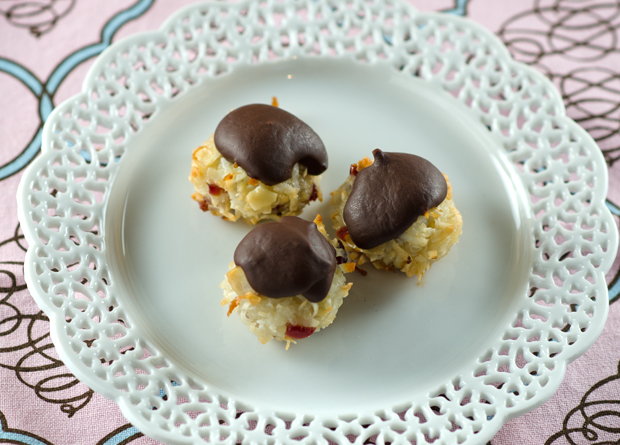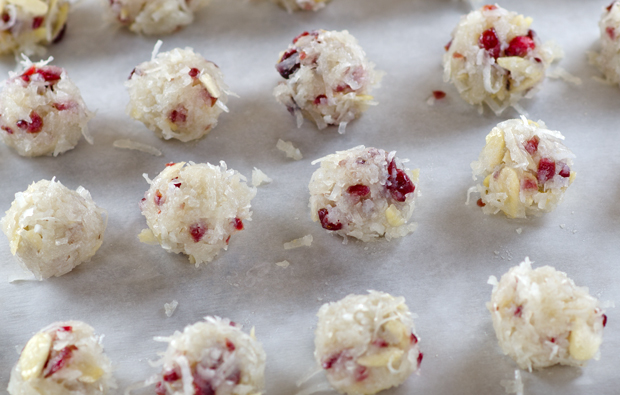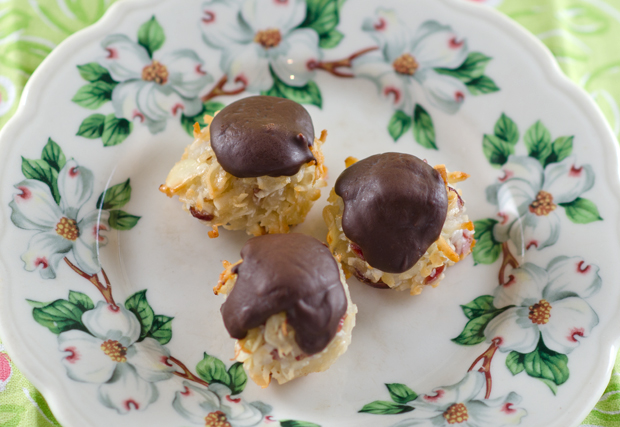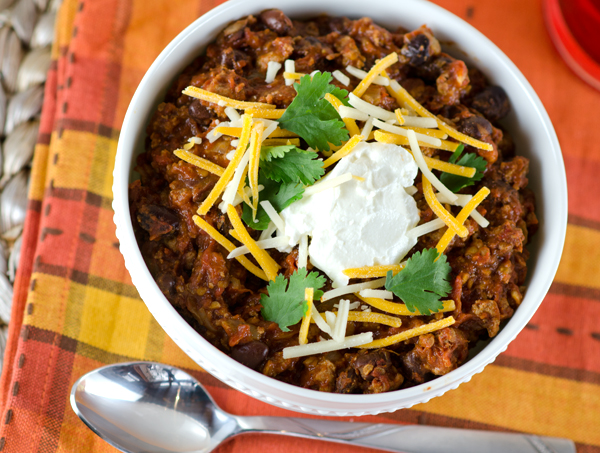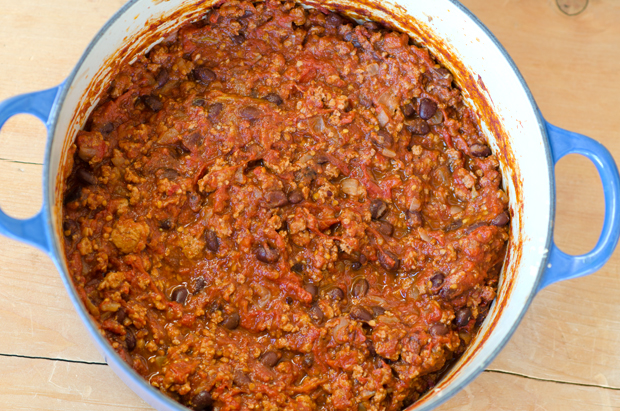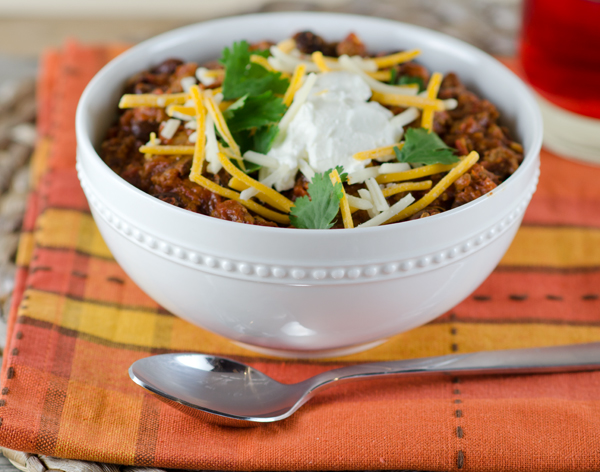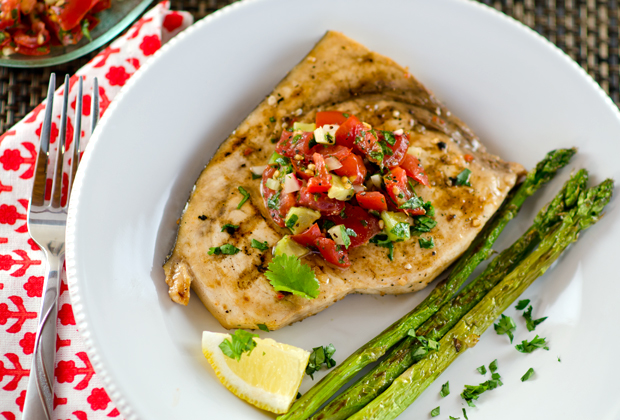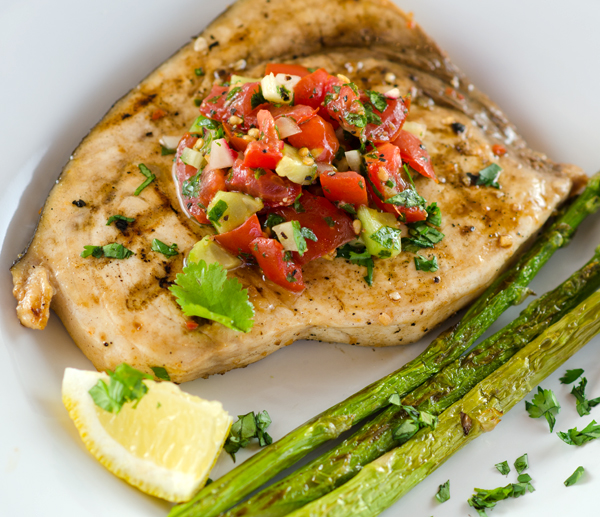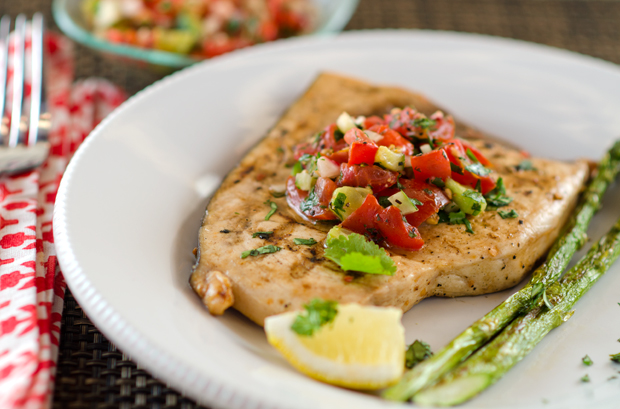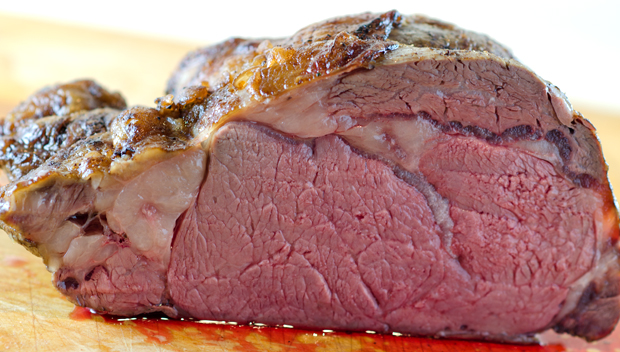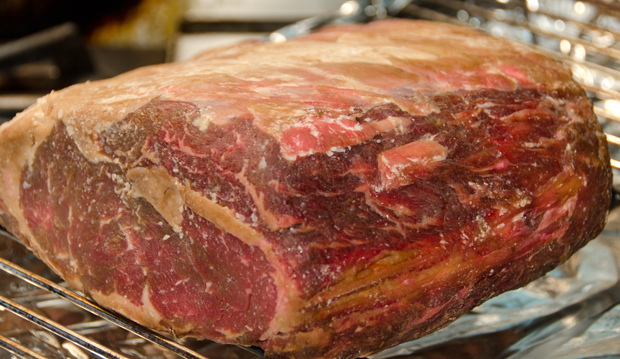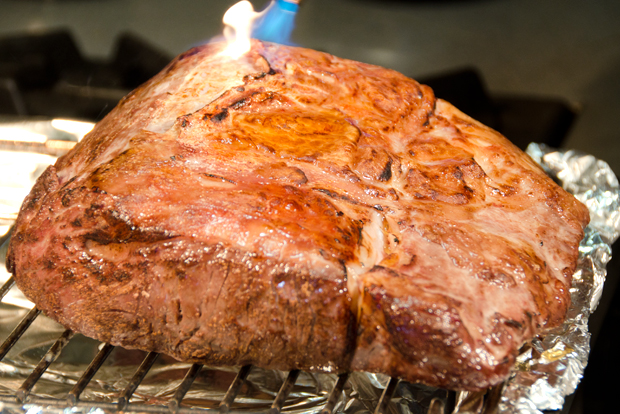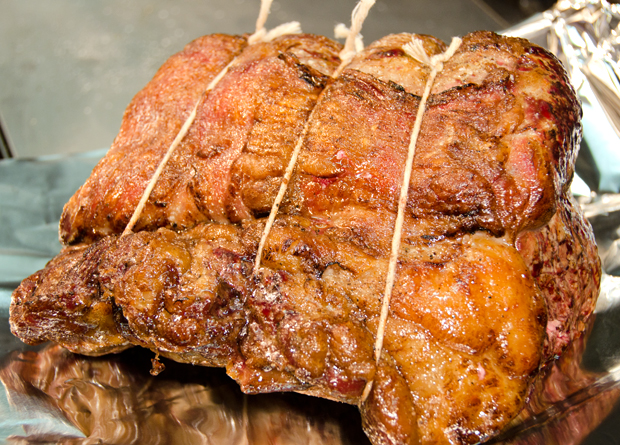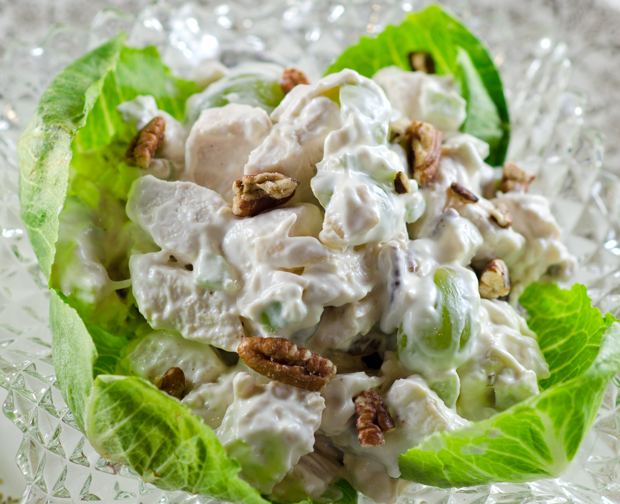 In almost 25 years as a caterer, Chicken salad with grapes and pecans was a perennial favorite. Whether served in pate a choux puffs on a buffet, on a croissant as a luncheon favorite or in daintily cut tea sandwiches this salad has always been a taste combination that everyone enjoys.
In almost 25 years as a caterer, Chicken salad with grapes and pecans was a perennial favorite. Whether served in pate a choux puffs on a buffet, on a croissant as a luncheon favorite or in daintily cut tea sandwiches this salad has always been a taste combination that everyone enjoys.
I have no claims for inventing this version of chicken salad, though I have never used a recipe and tweaked it over the years to make it my own. The most important part of the recipe is making sure that the cooked chicken is still moist and juicy. All the mayonnaise in the world won’t cover up dried out chicken breasts. Since I prefer using all white meat, split, bone-in chicken breasts from Bell and Evans are my usual choice but have on occasion used boneless skinless chicken breasts. Just remember the boneless breasts will take less time to cook.
An instant read thermometer is essential here, you are looking for an internal temperature of 160°F in the thickest part of the breast. I like to cook my chicken in convection mode on a wire rack above a parchment or foil lined baking sheet to allow air to circulate so the chicken cooks evenly. Allow the chicken to fully cool before shredding, remembering to shred with the grain. Pressed for time? Use the meat from an already cooked supermarket rotisserie chicken.
About a cup of finely diced celery has always seemed to be the right proportion to the 5 to 6 cups of chicken. Cutting grapes in half makes for easier eating. It’s like finding a whole cherry tomato in your salad. Do you risk having it burst all over you and the people seated near by when you bite into it or do you stab it with your steely (or plastic) knife to avoid embarrassment? Red or green grapes? Whatever variety looks better the day you are making the salad. Taste a grape before you buy,( trust me, no one is watching), to be sure they are sweet enough.Homemade mayonnaise is always a nice touch but Hellmann’s has always been fine with me. I use just enough mayonnaise to lightly coat all ingredients. If I have the luxury of time, I refrigerate the salad overnight and add any additional mayonnnaise and the pecans at the last minute to maximize crunch.
Chopped nuts are a less expensive way to buy them, usually in a medium chop which is perfect for the salad. If you choose to toast the nuts, preheat oven to 350°F and spread nuts evenly on a shallow baking sheet. Toast 5-7 minutes, checking halfway through cooking time to give the sheet a little shake and rotate. Walnuts, almonds and cashews are all good substitutes for the pecans. You could also add thinly sliced apple but that would be something I would add right before serving the salad.
I enjoy serving this chicken salad, as I did at a friend’s daughter’s wedding shower, on a bed of bibb lettuce. A basket of freshly baked rolls accompanied the salad for those who wanted to make a sandwich. I love the combination of flavors in this salad, tender juicy chicken, sweet-tart grapes, crunchy pecan and creamy mayonnaise. They make a chicken salad that is hard to beat.
Chicken Salad with Grapes and Pecans
Makes 6 cups
Ingredients
- 3-4 Split chicken breasts, bone in and skin on
- Olive oil
- Salt and pepper
- 1c celery in small dice
- 1c pecan pieces
- 1c seedless grapes (red or green) sliced in half
- 1 to 1 1/4c homemade or Hellmann’s mayonnaise
Directions
- Preheat oven to 350°F. Line a baking sheet with parchment paper or foil and place a wire rack on the sheet. Place chicken on the wire rack, spacing evenly to allow air to circulate. Brush chicken breasts lightly with olive oil and season with salt and pepper.
- Roast chicken until an instant read thermometer inserted into the thickest part of the breast registers 160°F. If the breasts you are cooking are different in size, start checking the smallest at about the half hour mark.
- Remove chicken from oven and let sit until cool enough to handle. Remove the skin and pick the chicken off the bones. Tear or chop chicken into 3/4 inch pieces. You will have 4-5 cups of chicken.
- In a large bowl, combine chicken, chopped celery and grapes. Add mayonnaise, starting with about 2/3 cup and toss lightly. There should be enough mayonnaise to coat everything lightly.
- Add pecans and toss ingredients again, adding more mayonnaise as needed. Taste and adjust seasonings with salt and pepper.

